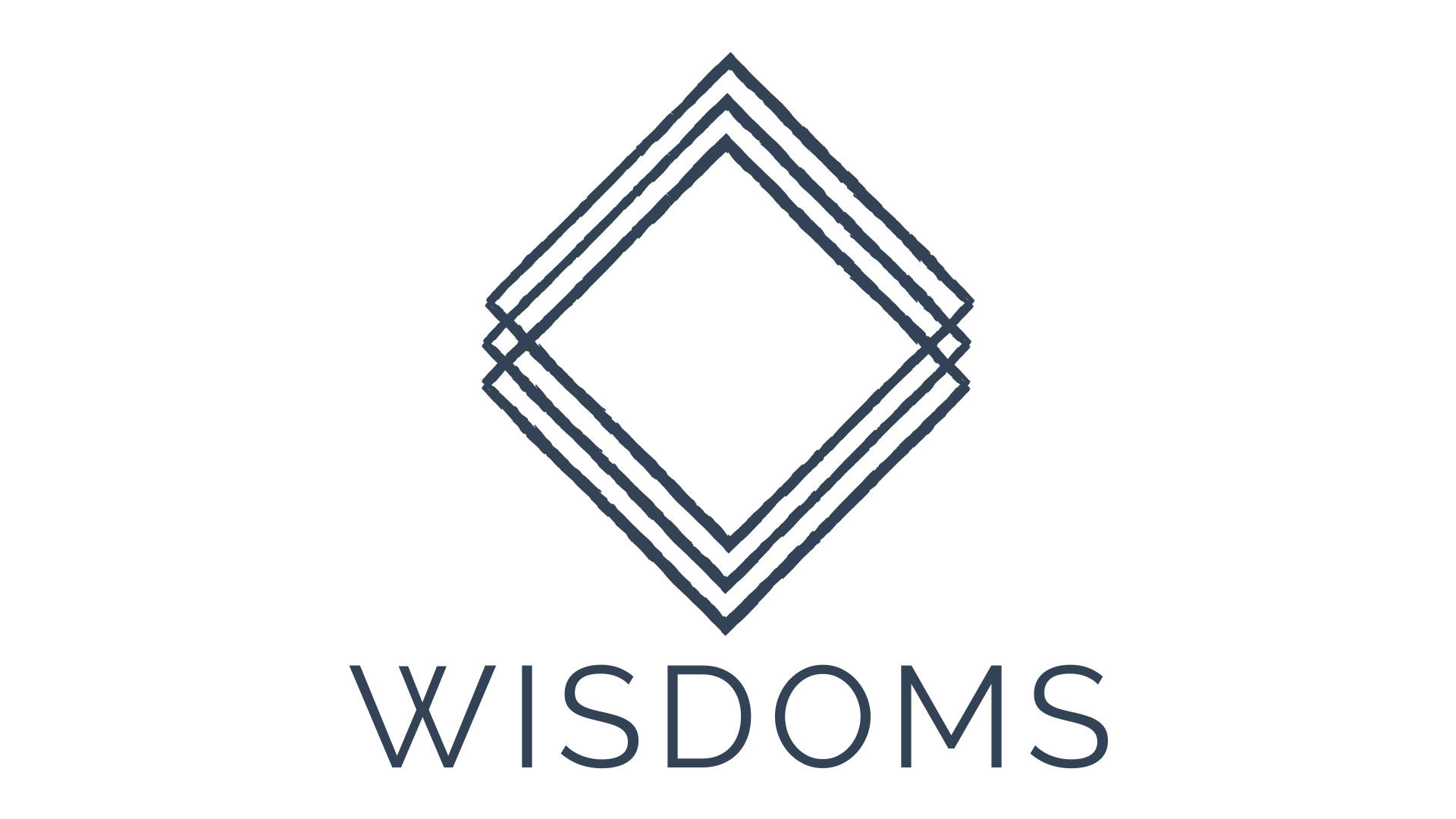We are not simply at the mercy of our circumstances. Although this is about our attitude it’s so much more. It’s about the initiative we have to take to move forward on our terms rather than wait for the future to roll over us.
If you own or lead a business or businesses this is especially relevant. Almost every year in Joburg, as the last quarter of the year looms the push to the end of the years seems interminable. This year that feeling is exacerbated a hundred fold given everything we’ve gone through. So while I would definitely advocate taking time off to rest and reflect, we also have to find ways to rebuild our businesses going forward.
Learning From The Best
Jim Collins and his team of researchers have spent decades helping businesses understand what empirically it takes to build to last, go from good to great, and to choose to be great. This last is in recognition that there are some companies and leaders who thrive despite volatile and even chaotic conditions.
In his book, Great By Choice, Collins and his team identify what they call 10X companies. These are companies that outstripped their industry index by at least 10 times. In fact, if you had invested in a portfolio of the 10X companies that make up the case studies, your investment would have performed 32 times better than the general stock market at the end of a thirty year period.
Collins makes an analogy of the success of these companies versus their competitors to the race by Roald Amundsen and Robert Scott and their teams in their bid to reach the South Pole for the first time in modern history. Amundsen successfully reached the South Pole first and he and all his team returned home safely. Whereas Scott and his team got to the Pole 34 days after Amundsen and all perished on the way back.
This was Amundsen’s philosophy: don’t wait until you’re in an unexpected storm to discover what you need to survive. Amundsen lived his whole life preparing for his ventures and goals. In this way when conditions turned against him he could draw on a reservoir of knowledge, resources and strength. In the same way when conditions were optimal he could strike hard. Therefore, Amundsen followed the ways of the indigenous Inuit, used dogs, planted multiple flags to mark their route back and stored three tons of supplies for five men.
Scott on the other hand made no such studies and used ponies, not only utterly unsuited to freezing conditions but only able to eat grass — not widely found in Antarctica. He left no signals to indicate a pathway back to the depot and he stored one ton of supplies for 17 men.
Both teams left at more or less the same time so experienced similar good and bad days. The point is this: success was dependent on different behaviours, not different circumstances.
Three Core Behaviours
Based on their studies Collins and his team identify three core behaviours they believe differentiated their 10X companies from the rest. They are:
· Fanatic discipline
· Empirical creativity
· Productive paranoia.
Fanatic discipline is demonstrated in the extreme consistency of their actions. They were single-minded in remaining true to their values, achieving their goals and performing to the highest standards. Their focus was intense and unbending.
When faced with the need to innovate and address changing conditions with new products or methodologies the 10X companies relied on empirical evidence. In other words they did not gauge their decisions on what others were doing or saying, but on what they saw was actually working. This meant that they actively tested a variety of minimum viable products or marketing drives and business processes to make these assessments.
Their “paranoia” meant that they kept hyper-vigilant at all times. They anticipated that even in the good times threats and risks could be just around the corner. They therefore needed to prepare and plan for as many eventualities as they could think of.
This all sounds incredibly daunting! So what if you don’t want to be a 10X company? Maybe a 5X or even a 2X company is good enough for you. No matter what size or value you want your company to be, you still have to stay ahead of your competition and the onslaught of change, just to keep afloat. Therefore, you need to take on at least a slice of these behaviours. That is, to act consistently, innovate based on the empirical evidence of your test cases, and prepare and plan for all possible conditions.
What actions do you need to take to recover and rebuild your business or take it forward? How are you positioning yourself to keep “rolling with the punches” as new challenges arise? What are you doing to capitalize on new opportunities?
These questions are all to prompt you to not only do the strategic thinking but to take ACTION. Rowing you own boat in the storm is going to get you further than waiting for someone to rescue you.

